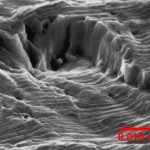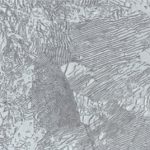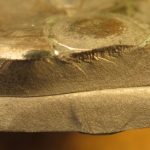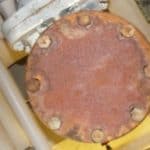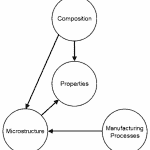
Fatigue involves localized, permanent damage to metals exposed to cyclic stress. In a previous article I discussed the fatigue mechanism. This article covers factors that can be addressed to improve high-cycle fatigue life
Factors that influence fatigue life
Several design, material, and fabrication factors influence component and joint fatigue life, including the following: [Read more…]

